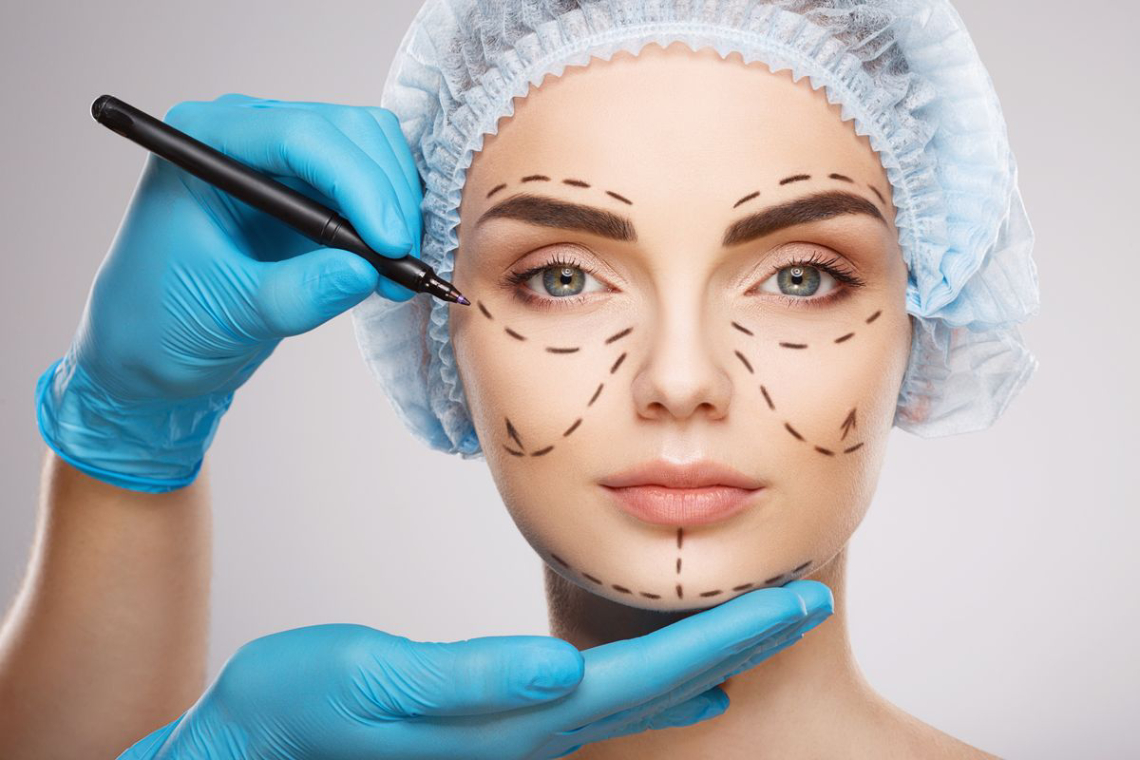
Buccal Fat Removal (Bichectomy)
Buccal fat removal, also known as bichectomy, is a cosmetic procedure designed to contour the face by removing excess fat from the cheeks.
Buccal Fat Removal (Bichectomy)
Buccal fat removal, also known as bichectomy, is a cosmetic procedure designed to contour the face by removing excess fat from the cheeks. This surgery helps to create a more sculpted, defined facial appearance, particularly around the cheekbones and jawline. The procedure is often performed on individuals who have a fuller or rounder face and desire a slimmer, more angular profile.
Procedure Overview
The procedure is minimally invasive and typically performed under local anesthesia. The surgeon makes small incisions inside the mouth, near the back of the cheeks, where the buccal fat pads are located. These fat pads are gently removed, and the incisions are closed with dissolvable stitches. The surgery is relatively quick, usually taking about 30 to 60 minutes, and can be performed on an outpatient basis.
Benefits of Buccal Fat Removal
- Creates a slimmer, more contoured face.
- Improves definition of the cheekbones and jawline.
- Provides long-lasting results with minimal scarring.
- Enhances facial balance and proportion.
Recovery and Aftercare
Recovery time after buccal fat removal is generally short, with most patients returning to their normal activities within 1 to 2 weeks. Some swelling and bruising may occur, but these effects are temporary and subside over time. It is important to follow your surgeon's aftercare instructions, including avoiding certain foods and maintaining good oral hygiene to prevent infection.
Who is a Good Candidate for Buccal Fat Removal?
The ideal candidates for buccal fat removal are individuals who have excess fat in the cheeks and desire a more sculpted, defined facial appearance. The procedure is most commonly performed on individuals with a fuller face who are in good overall health. Candidates should have realistic expectations and understand that the procedure is designed to enhance facial contours rather than drastically change their appearance.
Risks and Considerations
As with any surgery, buccal fat removal carries some risks, including infection, bleeding, and changes in facial appearance. However, these risks are minimal when the surgery is performed by a skilled and experienced surgeon. It is important to discuss the potential risks and benefits of the procedure during your consultation.
If you're considering buccal fat removal to enhance your facial contours, contact us today to schedule a consultation and learn more about how this procedure can help you achieve a more sculpted look.
Faq
The recovery time is typically between 1 and 2 weeks. Most swelling and bruising will subside within a few days, and you should be able to resume normal activities in about a week.
During the procedure, patients typically feel minimal discomfort due to local anesthesia. Post-surgery, mild discomfort and swelling are common but can be managed with over-the-counter pain medication.
Yes, buccal fat removal can help reduce the fullness in the cheeks, which may give the appearance of sagging. It enhances the contour of the face and provides a more youthful appearance.
Yes, the procedure can improve facial symmetry by removing excess fat from one side of the face, if necessary, to create a more balanced look.
The cost of buccal fat removal can vary based on the surgeon, location, and other factors. On average, the procedure may cost between $2,000 and $5,000.
After the procedure, you may be asked to avoid certain foods or activities that could impact the healing process. Your surgeon will provide specific aftercare instructions.
Yes, a follow-up consultation is typically scheduled to monitor healing, remove stitches if necessary, and ensure the procedure results are satisfactory.
Buccal fat removal specifically targets the fat pads in the cheeks, creating a more defined and sculpted look. Liposuction, on the other hand, removes fat from larger areas of the body, such as the abdomen or thighs.